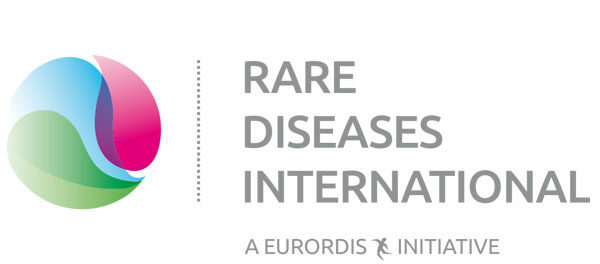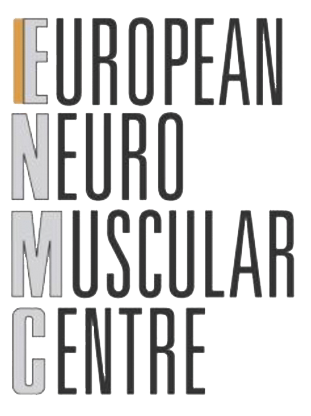#apaperaday: Transcriptome-based variant calling and aberrant mRNA discovery enhance diagnostic efficiency for neuromuscular diseases
In today’s #apaperaday, Prof. Aartsma-Rus reads and comments on the paper titled: Transcriptome-based variant calling and aberrant mRNA discovery enhance diagnostic efficiency for neuromuscular diseases.
Today’s pick is from Journal of Medical Genetics by Hong et al on using transcriptome analysis to identify mutations in patients with neuromuscular diseases. Doi 10.1136/jmedgenet-2021-108307
Neuromuscular disorders (NMD) affect muscle or the transition from neurons to muscle. There are hundreds of different genetic NMDs with overlapping symptoms. Diagnosis is not always easy. DNA analysis has been helpful to identify many pathogenic variants.
But, this generally focuses on exons (exome sequencing). Thus intronic variants will be missed. Sequencing RNA transcripts allows identification of these variants but requires an invasive muscle biopsy. Blood RNA is an alternative but not all muscle genes are expressed in blood. Here authors performed exome sequencing and RNA sequencing for 117 patients. After quality checks 95 exome sequences and 83 RNA seq datasets became available.
Exome sequencing allowed identification of 26 pathogenic variants. RNAseq 24 variants, including 6 cryptic splicing variants. Intronic variants interfering with splicing are difficult to predict. Indeed spliceAI missed 2 of the variants.
Authors also identified exon skipping in TOR1AIP1 for a number of patients but observed this is a common, not pathogenic finding in the Asian population. The study was done on Korean patients, the reference sequence is still mainly caucasian.
4 of the cryptic splicing variants were in the dystrophin gene and for 2 authors had myoblast cultures. Here they designed antisense oligonucleotides to the cryptic exons restoring normal splicing in the cultured cells.
Using RNAseq, authors also identified heterozygous deletions that were missed with exome sequencing, including a deletion in the dystrophin gene in a female with adult onset muscle pain and weakness (symptomatic carrier).
Finally authors used a deconvolution technique trying to predict the nature of the cell types in the biopsy from the expressed transcripts. This revealed that for patients with a pathology involving fibrosis and adipose tissue deposition, FAP cells were more abundant.
Authors could observe fiber type changes & different expression patterns in biopsies from very young children. Authors conclude RNAseq analysis has an added benefit for diagnosing NMD patients. I agree but given the invasive nature of biopsies…
I would prefer to first rule out DNA analysis does not reveal a pathogenic variant. Authors discuss limitations of RNAseq: a biopsy is a small sample from 1 muscle. For some diseases pathology may be occurring in a subset of muscles & expression of mutated gene may not be in biopsy.
I like the paper as the authors nicely outline the challenges of the DNA and RNA sequencing (need good quality, may miss variants) and the opportunities of RNA sequencing, finding variants missed by DNA analysis and finding variants for which ASO therapy may be an option.
Pictures by Annemieke, used with permission.







